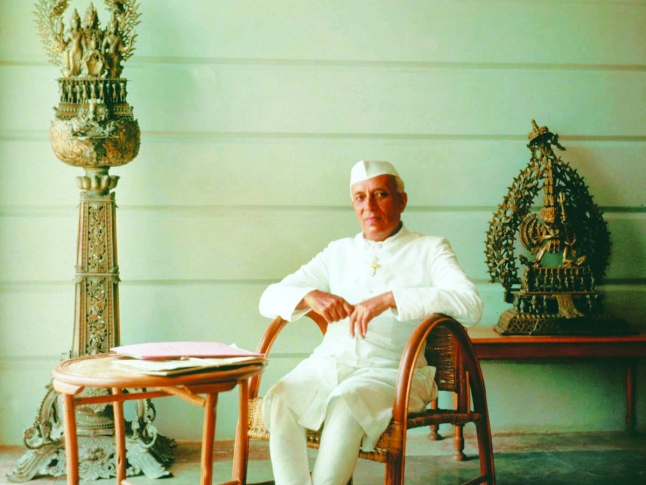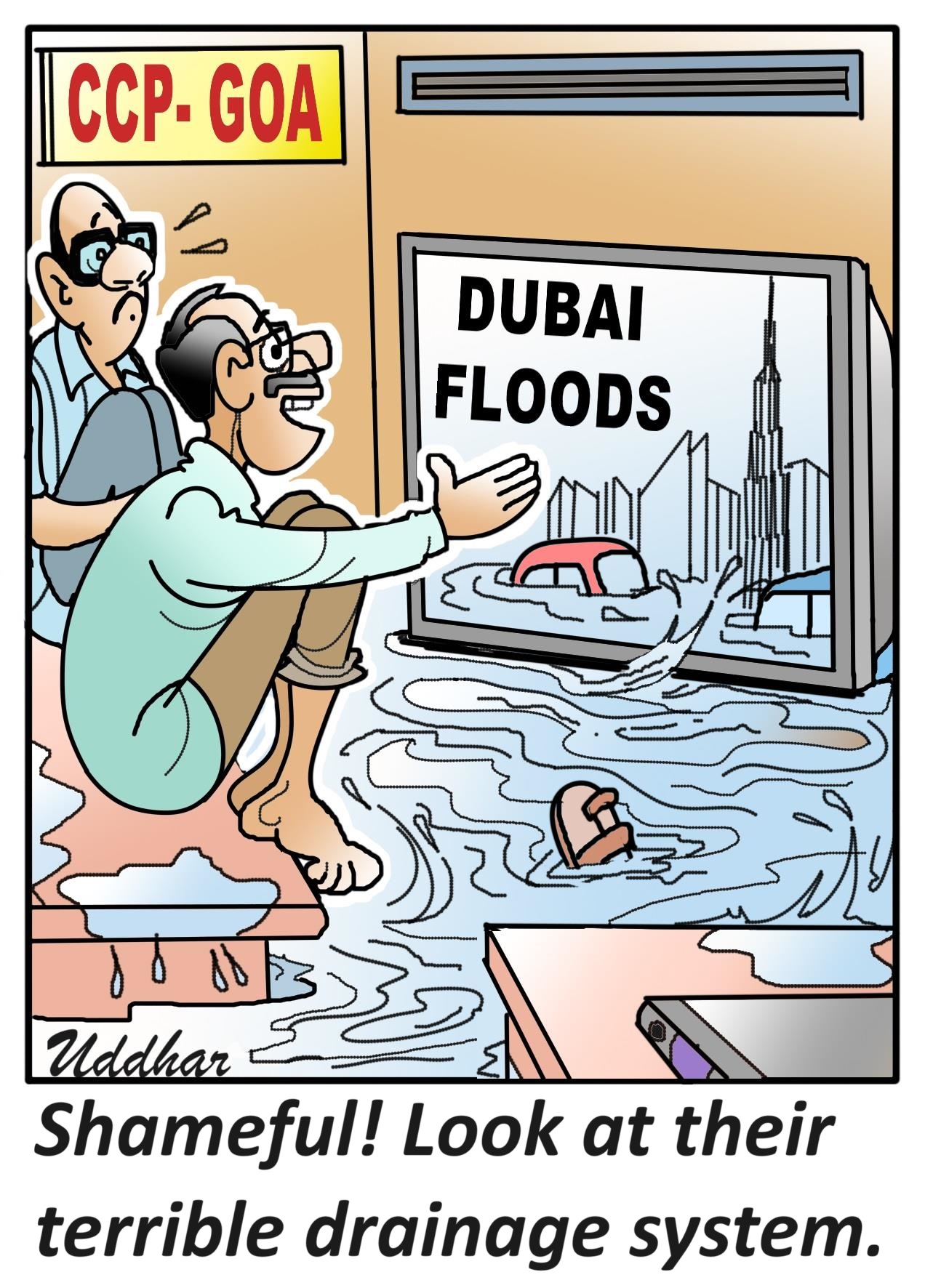
Victor Ferrao
The democracy in our country has its own ills. When we put it on the scale of history we can trace both the good, bad and ugly sides of it. We got used to this way of looking at our democracy over its 70 years of evolution. The ruling Government has consistently projected the failures of democracy over its long history of presence in our country. It found Congress that gave freedom and democracy in the first place as the sacrificial lamb and Pandit Jawaharlal Nehru as a villain number one to blame all the ills that are afflicting us today. This way of looking at the history of democracy forgets that democracy does not begin with full perfection but remains a bearer of perfection and opens us possibilities to achieve it with the flow of time. Democracy cannot be thought with static fixated moulds. Democracy remains in its becoming. There is always more democracy to come. This democracy to come ignites our hopes and we work to en-cash the promissory notes of democracy.
It is not enough to look at democracy vertically over the passage of time. Such scrutiny is required and has its place and importance. It is called diachronic study. We have been overfed on the diet of diachronicity that leads us to look at the back of our experience of democracy and thus ignite our frontal thinking through a dorsal insight. Such a lookback offers us a sense of lost past and we hope for the promise of democracy to come in the future. A diachronic look at our democracy is important and there are many lessons to be learnt from its analysis. But the dorsal look that produces frontal vision is only one side. We have the challenge to embrace synchronic studies. This is important because often political parties invent their moral uprightness by painting the past Governments of a particular party or a leader of a party black. We can clearly trace this strategy put into action by the ruling benches.
The diachronic stanch that looks at the past in a linear vertical manner and hides the horizontal work of the ruling Government and our attention is thus deflected from the real issues that afflict us and we then generously give a long rope to the ruling benches to set right the wrongs of the past. Thus, we believe in the democracy to come and hope that we will get acche din that were denied to us by the previous Governments. We, therefore, have the challenge to unveil the veil that has become the cover and has become a hiding place for several policies, laws and secret operations that led to the denials of democracy and freedoms in our living present. The fact that democracy stays in its coming, we have the challenge to open possibilities to look at it synchronically.
Indian democracy needs to privilege the synchronic study of the unfolding of democracy today more than ever before. Looking at the unfolding of the democracy in the living present, we can then look at its journey over time that will be revealed to us through a diachronic analysis and thus intervene to bring the desired change in the democracy to come. We seem to be living death or denial of democracy in the living present. There are laws that are passed on the weight of sheer numbers without debate in the parliament, ignoring people’s will over such laws has led to deafness and blindness to the cries and protest of our people over laws like the CAA and the ongoing farmer's protests. The tyranny of rising prices, particularly the price of the fuel, the thefts of the mandate of the people through toppling games in several States, silencing of dissent through an apparent misuse of law and constitutional institutions, seems to have reached its climax with the so-called treason of surveillance worked through spyware Pegasus. Besides, the population bill that seems to be a weapon to polarise people on religious lines to win elections has once again exhibited that voters are love divisions. The mismanagement of pandemic and medical response to the same etc, reveals that democracy is put on the road to decay. Democratic institutions and traditions that are supposed to oil and grease its effective running are disabled. The executive, the judiciary and the media appear to be enslaved and we seem to be killing democracy in its very functioning. This is why a synchronic look at the unfolding of democracy here and now becomes imperative to resuscitate the dying democracy in our living present.
We in Goa are getting ready for democracy to come too. There is tanav in the air. It is said that if there is tanav, it is likely that there is chunav on the horizon. This is why we have to analyse seriously the diachronic as well as synchronic failures in the unfolding of democracy in Goa. The past of our democracy in Goa also has its good, bad and ugly. Therefore, democracy to come through the elections becomes an opportune moment to put the lessons that we have learnt from the past as well as the present into action so that the democracy to come will truly bring peace, harmony, health and prosperity to all Goykars and every Indian in Goa. We, therefore, have the challenge to take our cues from the dorsal as well as the synchronic look at the drama of democracy in Goa and accordingly shape our frontal thinking. It is only through this critical exercise that we will save our democracy in Goa. The diachronic, as well as synchronic look on the unfolding of democracy, will enable us to discern who will save our Mhadei, prevent coalolisation as well as halt displacing Goans through atrocious laws like GCzMA, mining blues, monsoon havoc etc. the Democracy to come shapes our Goa to come and by extension, shapes India to come.
(Fr Victor Ferrao is an independent researcher attached to St Francis Xavier Church, Borim, Ponda)
